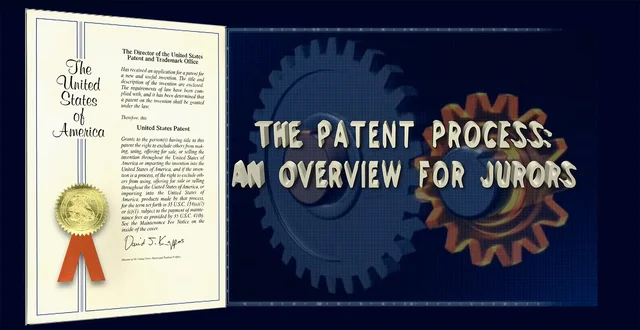On Friday, former District of Delaware Chief Judge Stark authored what I believe is his first Federal Circuit opinion as a sitting Federal Circuit judge: In re A. Zeta S.R.L., No. 2022-1178, 2022 U.S. App. LEXIS 15992, at *1 (Fed. Cir. June 10, 2022) (affirming a PTAB trademark decision).
Note—before you e-mail to say I'm wrong!—Judge Stark has sat by designation at the Federal Circuit many times before, and has authored at least one Federal Circuit opinion as a district judge. See, e.g., Mortg. Grader, Inc. v. First Choice Loan Servs., 811 F.3d 1314 (Fed. Cir. 2016). But I think this is his first written opinion since his nomination.
Interestingly, ever since moving to the Federal Circuit, …








